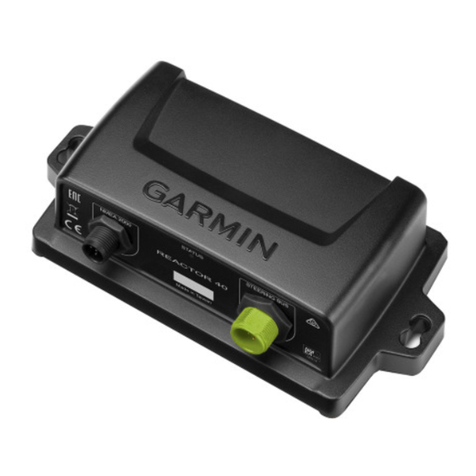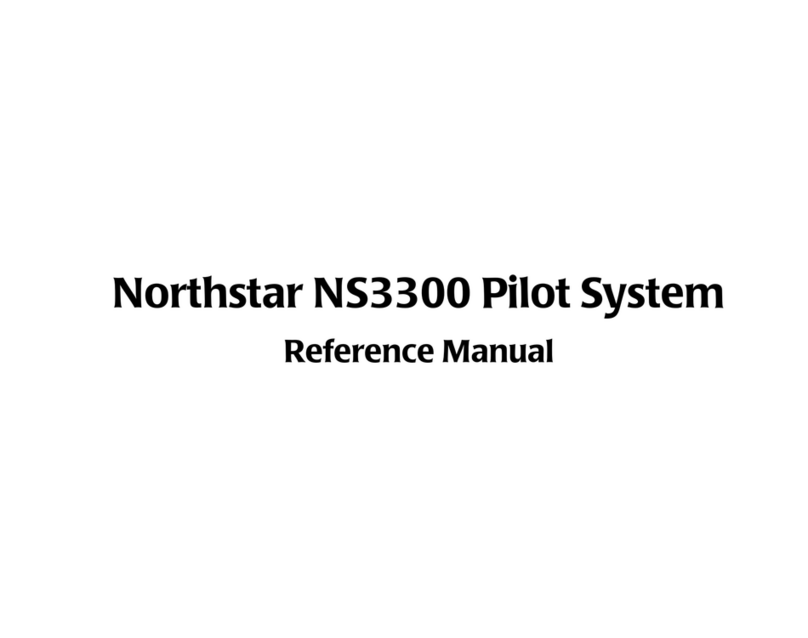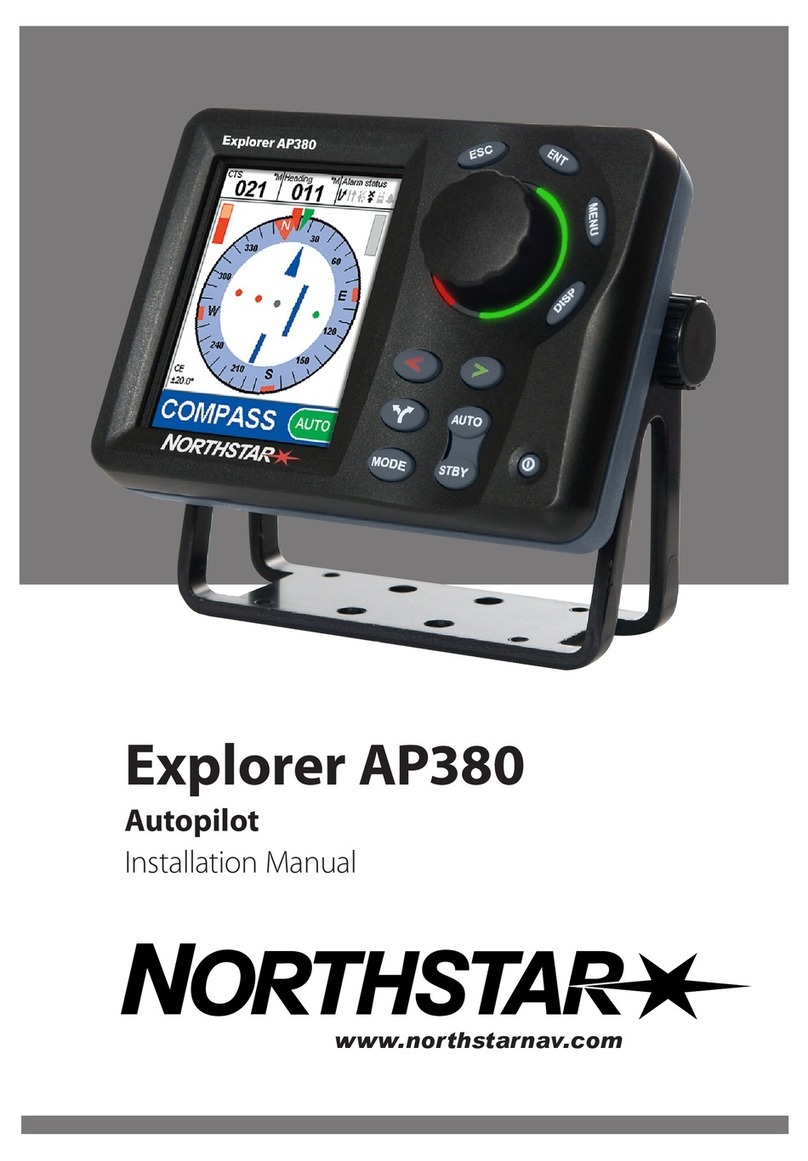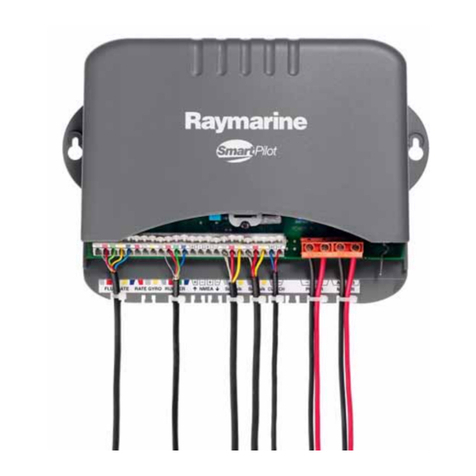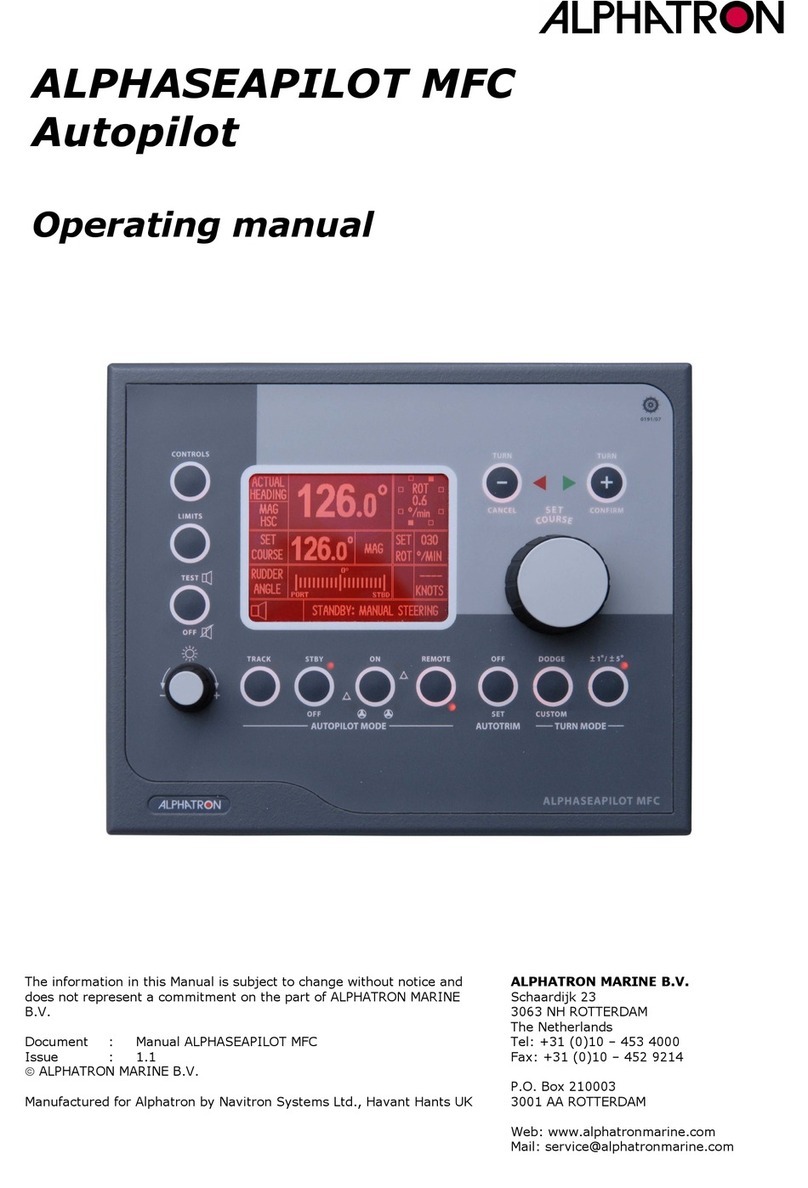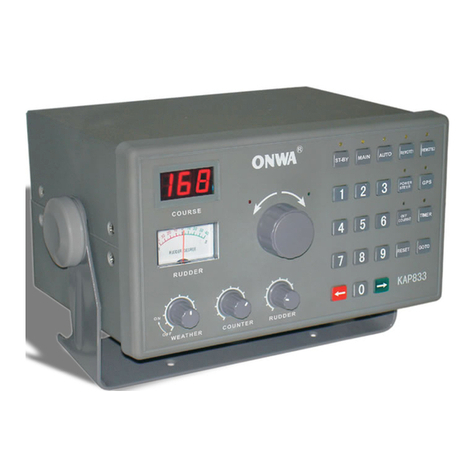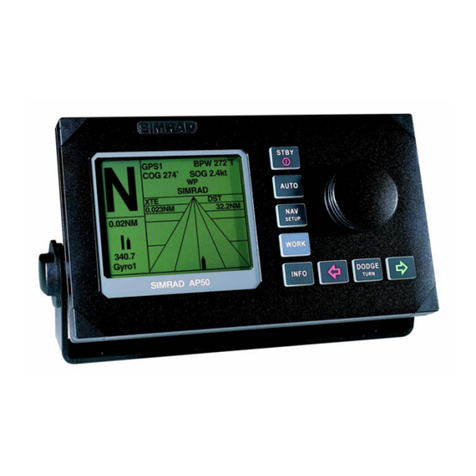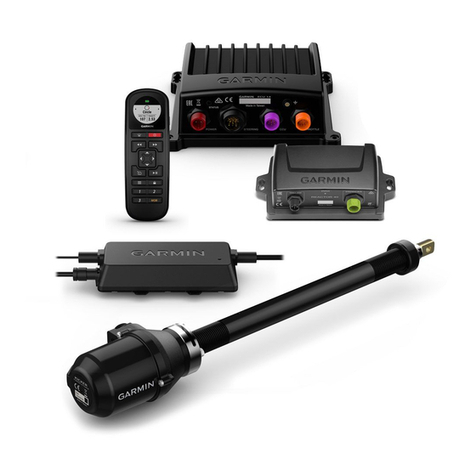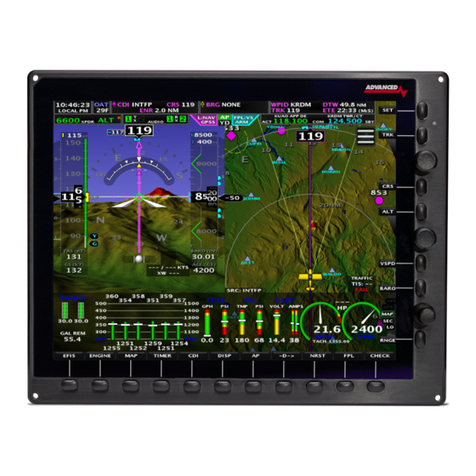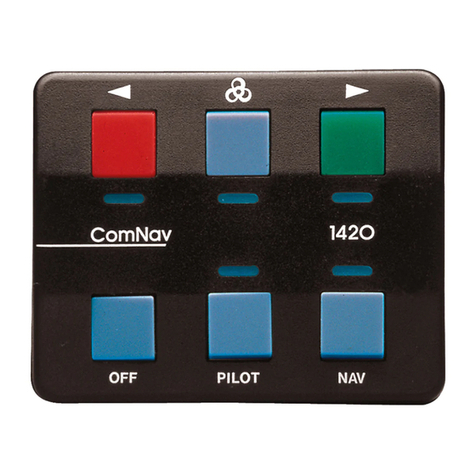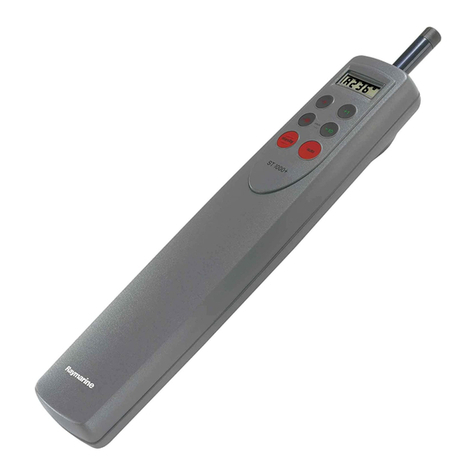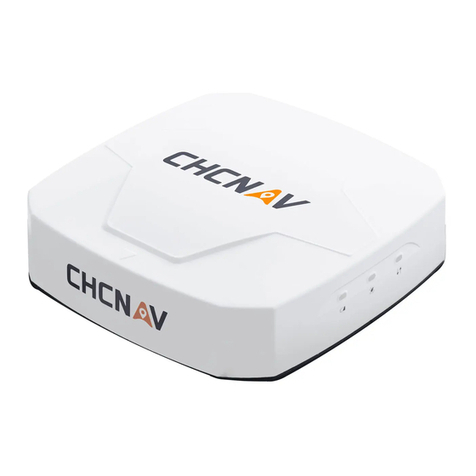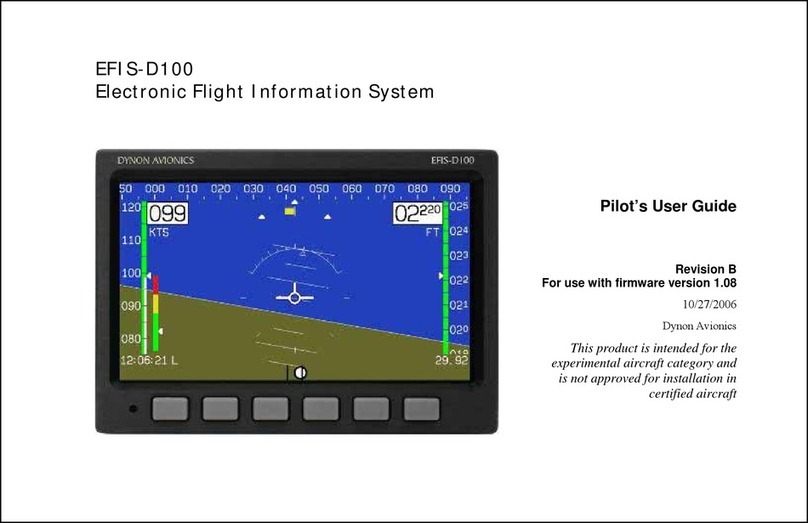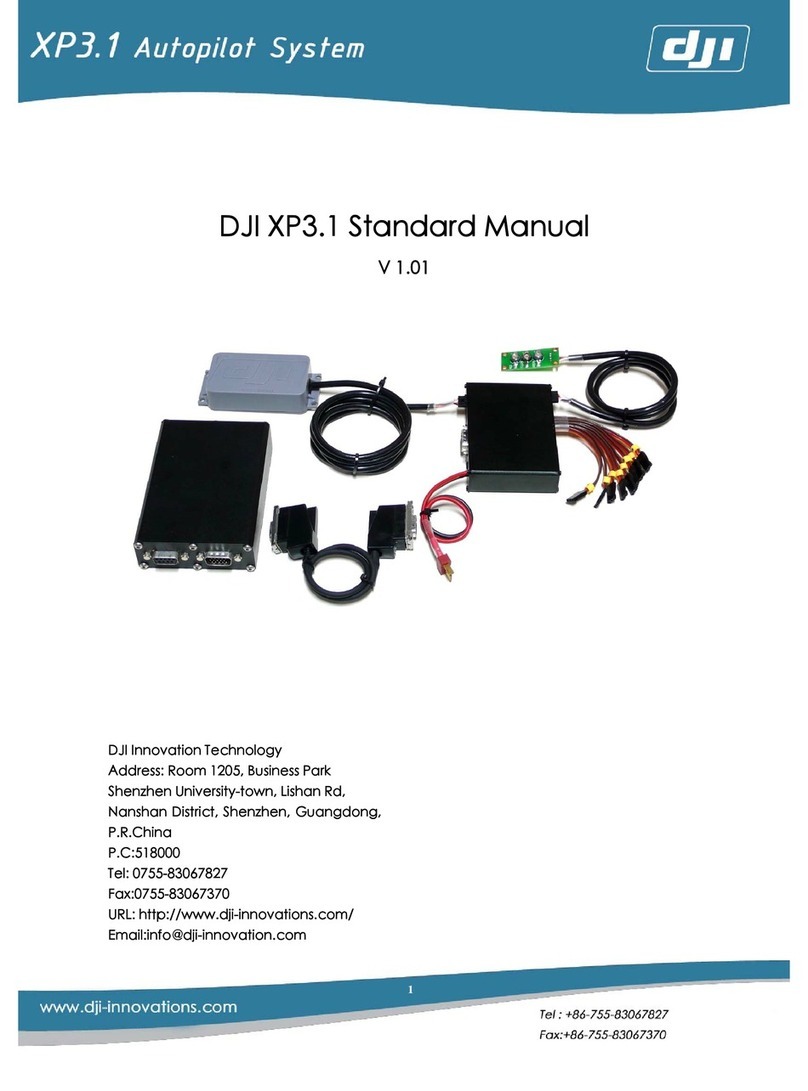3.7.3 Steering in Override (O) control mode.......................................................................... 31
3.8 Track (T) control modes......................................................................................................... 32
3.8.1 Introduction................................................................................................................... 32
3.8.2 Track (T) control mode, TCS category A, B .................................................................... 33
3.8.3 Track (Tn) control mode, TCS category C ...................................................................... 37
3.9 Rate of Turn (R) control mode............................................................................................... 39
3.9.1 Introduction................................................................................................................... 39
3.9.2 Enable Rate of Turn (R) mode ....................................................................................... 40
3.9.3 Steering in Rate of Turn (R) mode................................................................................. 40
3.9.4 Change parameters ....................................................................................................... 40
3.10 CTS pilot (C) control mode..................................................................................................... 41
3.10.1 Introduction................................................................................................................... 41
3.10.2 Enable CTS pilot (C) control mode................................................................................. 42
3.10.3 Steering in CTS pilot (C) control mode .......................................................................... 42
3.10.4 Change the resolution ................................................................................................... 42
3.10.5 Change parameters ....................................................................................................... 42
3.11 Wind vane (V) control mode ................................................................................................. 43
3.11.1 Introduction................................................................................................................... 43
3.11.2 Enable Wind vane (V) control mode ............................................................................. 44
3.11.3 Steering in Wind vane (V) control mode....................................................................... 44
3.11.4 Change parameters ....................................................................................................... 44
4 Controls and functions .................................................................................................................. 46
4.1 Reset and turn off.................................................................................................................. 46
4.2 Enabling control..................................................................................................................... 47
4.2.1 Control allowed/not allowed ........................................................................................ 48
4.2.2 Control handover........................................................................................................... 48
4.3 Alert handling........................................................................................................................ 49
4.4 Dimming ................................................................................................................................ 49
4.5 Alarm test.............................................................................................................................. 49
5 Menus............................................................................................................................................ 50
5.1 Menu ‘Parameters’................................................................................................................ 50
5.2 Menu ‘Alarm Settings’........................................................................................................... 52
5.3 Menu ‘Advanced’ .................................................................................................................. 53
